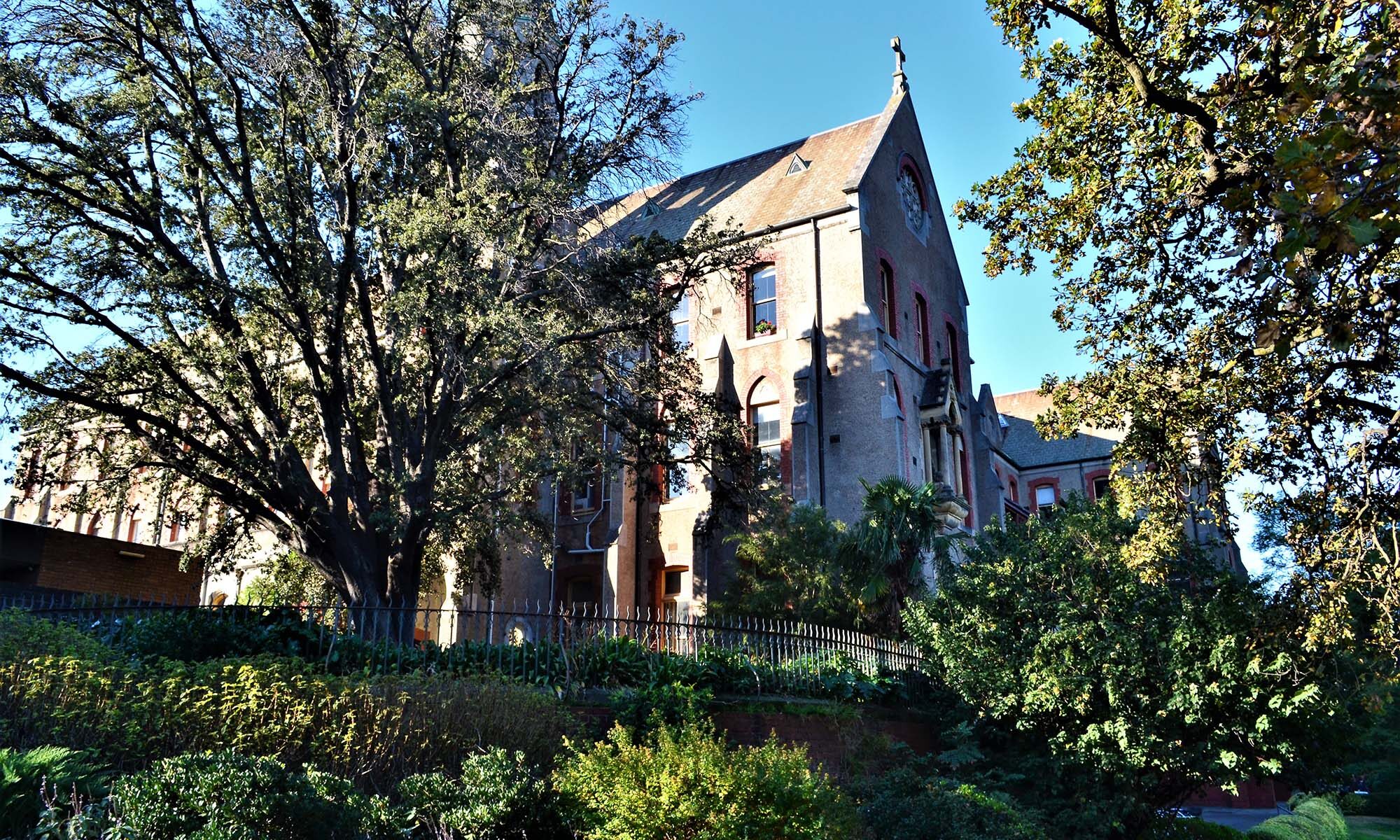Books for Cooks is a beautiful double-fronted Gertrude St shop full of 15,000 cook books and books about food and wine more generally. Its proprietor Tim White spent a decade at what is generally regarded as Melbourne’s leading law firm, Mallesons, and is not the most ebullient shopkeeper in the world, but his and his wife Alison Schulze’s labour of love is undoubtedly our gain. They have a newsletter which you can sign up for at the website, and their bookmarks are useful for having metric-imperial conversions set out in a fashion helpful for consultation mid-recipe. They’re open 7 days, 10-6 p.m. (11-5 Sundays) and their number’s 8415 1415.
Here’s an interesting Age article about the Australian cookbook publishing market.
I bought a translation of Nikko Amandonico’s La Pizza; The True Story from Naples and learnt that the two truly authentic Neapolitan pizze are the marinara and the margherita, but marinara has no seafood at all. Elsewhere in Italy, the marinara is often called Napoletana. It owes its name to “the times when fishermen, after a night at sea, would stop off at the bakery and, extremely hungry but in a hurry to get home, would ask for a pizza that was light and quick” — tomato, garlic, oregano, and oil.
The story of the margherita is that it was born on 11 June 1889. The Queen, briefly down in the uncouth South for a stay in the palace down there tired of the over-elaborate French-style recipes that the court chef cooked, and expressed “a wish to taste a local speciality about which she had probably heard some lady-in-waiting or domestic staff raving” and summoned Don Raffaele Esposito. With his wife, he progressed to the palace by donkey and cooked up three pizze, one with small whitebait-like fish, one with olive oil and cheese, and one with tomato, mozzarella and basil. The Queen liked the last and the story now goes that he told her he had invented it for her, combining the three colours of the Italian flag, and that it should be known as pizza Margherita, much as Escoffier devised Peach Melba for Dame Nellie, presenting it to her in an ice sculpture of a swan. Pizzologists tell us though that the recipe was printed years earlier. The Queen’s letter is framed on the wall at Pizzeria Brandi. The bourgeoisie then got in on the act and the modern pizza phenomonem was born. Till then, certain monarchs had eaten pizza incognito, but the beourgeoisie had thumbed their noses at it, the first take-away food, and the first fast food delivery in history (or so Nikko Amandonico claims; I wonder whether Bombay’s tiffin box system was not then well in existence). Originally, pizza salesmen wrapped cloth into a doughnut shape on their heads and walked around with a metal box on top containing shelves of cooked pizze which they would sell when they found a buyer, unfurling the little fold-up table they also carried. The punters would chomp it hot and runny with their hands, folded in half. Then punters started turning up at the pizza kitchens, and chairs, then tables, then cutlery followed from the start of the 19th century.
Naples as the birthplace of pizza relies on the combination of the doughy baked disc common to many ancient cuisines with the tomato.
Recipe for pizza margherita: 25g fresh yeast, 250 ml lukewwarm water, 400g unbleached strong plain flour, 1 tsp salt. Dissolve the yeast in 25 ml water. Add 2 tblsp flour. Mix to a smooth paste. Leave to rise under a cloth for 30 minutes. Make a crater with abobut 350g of the flour, with as deep a hole as possible in the middle. Pour the yeast liquid, salt and th rest of the water into the hole. Work the ingredients together carefully with well-floured hands. Knead continuously for about 10 minutes. When the dough is elastic, form it into a loaf and then cut it into 4 pieces of the same size. Form the pieces into balls and leave them to rise under a cloth for about 2 hours or until they have doubled in size. Use one ball for one pizza. Kenad for a couple of minutes. Press out and flatten the dough with the palm of your hand into a thin, round circle. Use a rolling pin to make it really thin. Finally, press with your knuckles about 2 cm inside the edge to make the raise edge. Then take 200 g of one of * cherry tomatoes, halved * san marzano tomatoes (pictured) cut lengthwise into 5 mm clices * whole canned tomatoes and in every case crushed by hand to get rid of their juices, and drained thoroughly in a collander. Then spread the tomatoes evenly over the dought leaving the 2cm raised edge alone. Spread a clove of garlic, thinly sliced, and sprinkle 1 tsp dried oregano over the lot. Sprinkle generously with about 2 tbsp olive oil and season with salt before baking at 275 degrees Celsius for 10-12 minutes (or if, as is likely, your oven will only go up to 240 degrees, after pre-heating for half an hour, for 15-20 minutes) on a pizza stone or an unglazed terracotta tile. The trick then is to eat it as soon as it is out of the oven.



Interesting book, La Pizza, I would greatly like to check it out as I’ve never heard of it before. I have been doing quite a bit of research on Raffaele Esposito and the creation of the first pizza. Its been intersting to see the origins of pizza as well; the Greeks, Romans, and eventually the Italians.